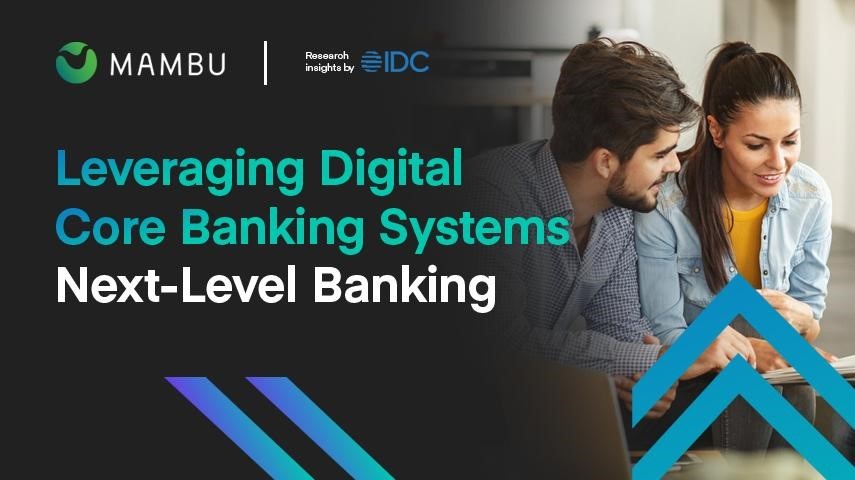The banking industry is in the midst of a period of intense transformation in Southeast Asia, and indeed the world, driven in part by the pandemic, but also influenced heavily by changing consumer demand and fast-moving technological innovation. The future of banking is now more uncertain than ever, with new trends emerging regularly, new competitors entering the market, and regulatory changes occurring at pace.
To get a clearer understanding of how Southeast Asian banks view the future of core banking within their organisations, IDC Financial Insights interviewed a number of Southeast Asian banking executives, discussing their thoughts on legacy core banking, the risks associated with transformation, and how they plan to capitalise on the benefits that digital banking can deliver.
Key findings of the research:
- The challenge for established banks in Southeast Asia, many of which have core banking systems that are already 20 years old or more, is to deliver on the promise of digital banking without exhausting their financial resources or risking their reputation
- Southeast Asian banks are often risk-averse and want to extend the value and life of legacy core banking
- Despite this reticence, Southeast Asian banks clearly understand the need for and value of digital banking, and
- Southeast Asian banks want to be able to use a combined legacy and digital core banking approach to succeed in the new era of banking.
The ‘multicore’ approach
A solution that has already proved successful for several Southeast Asian banks is what IDC has dubbed the ‘multicore’ approach - where banks implement a new digital core alongside their legacy core banking technology.
The multicore model values the role of legacy core banking well into the future, and reduces the potential technical, financial, and reputational risks associated with a ‘rip and replace’ approach to transformation.

Benefits of a ‘multicore’ solution
- Extend the life and value of legacy technology
- Reduce risk – technical, reputational, and financial
- Improve integration between the bank and external sources
- Smoother pathway to digital transformation.
Improved connectedness
In today’s market, being able to connect quickly and seamlessly with other financial institutions and external operators is essential for many day-to-day banking activities. However, as many incumbent banks are finding out, connecting with third parties can be a struggle using legacy core, requiring a large portfolio of interfaces which can be prone to error. Introducing digital core at the edge can improve this interoperability, reducing the number of interfaces and standardising the interface itself. This enables seamless connection with external parties, and can reduce integration effort required all round.

Even with a multicore approach, legacy technology must eventually be replaced
The multicore approach to digital transformation can certainly extend the life of legacy technology and result in faster and lower risk transformation, as has been shown by a number of Southeast Asian banks. However, it’s important to note that even with this approach, banks must have plans in place to eventually migrate to a fully digital core. The multicore solution should be viewed as a way to stretch out the transformation phase, making smaller changes incrementally rather than doing everything at once. This ‘softly, softly’ approach may appeal particularly to banks in Southeast Asia, where the appetite for risk is low, and rapid change can be seen as a threat.
Southeast Asian banks know that they need to digitise in order to offer the hyper-personalised and customer-centric experiences that consumers now expect, however for many the risk is deemed too high. The multicore model, as explained in IDC’s latest white paper, can help to mitigate any fears and explain the benefits of taking this lower risk approach.
Download the IDC Financial Insights white paper “Leveraging Digital Core Banking Systems: Next-Level Banking”, sponsored by Mambu, to understand how a new banking model can enable incumbent banks to become digitally-enabled banks.
This is a sponsored article and does not necessarily reflect the opinion of the publisher.




All Comments